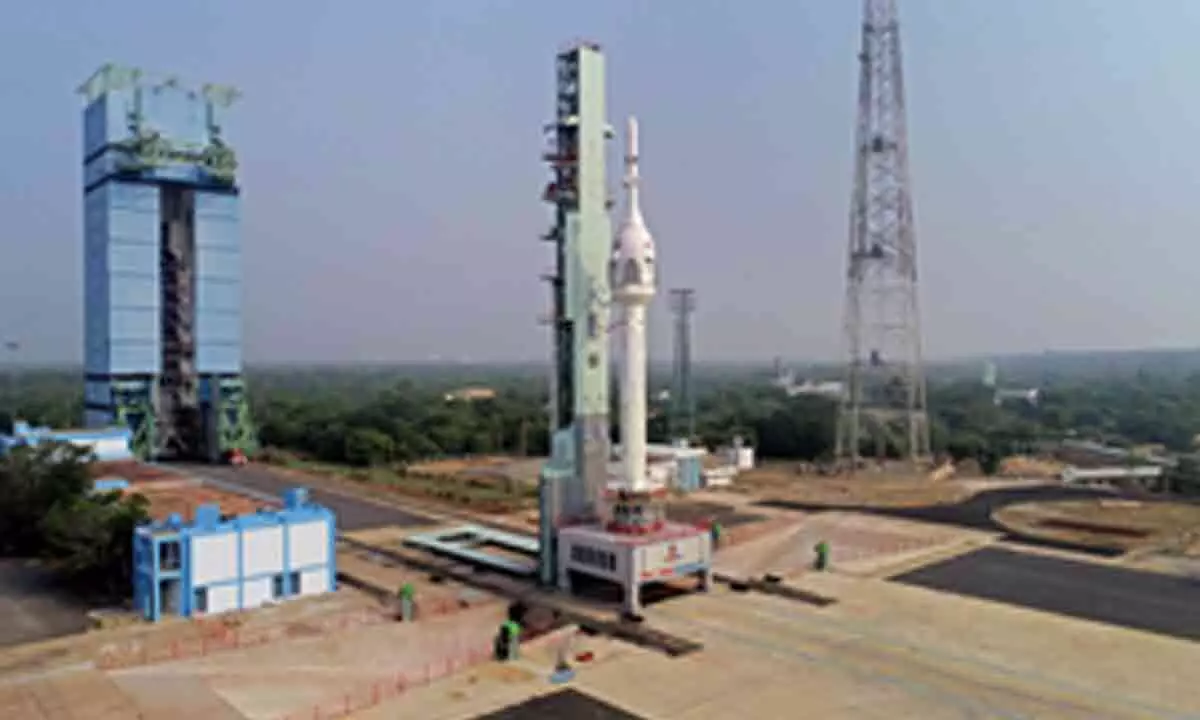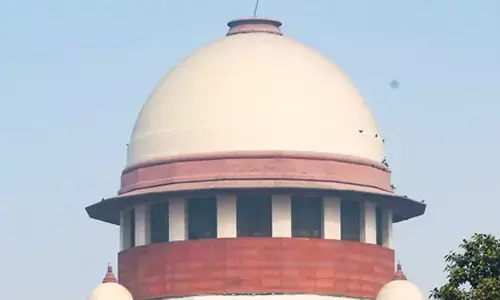ISRO succesfully launches Gaganyaan Mission test flight
Share :

Sriharikota (Andhra Pradesh), Oct 21 (IANS) About five seconds before India’s first rocket part of its human space mission/Gaganyaan-Test Vehicle-D1 (TV-D1) was supposed to lift off from the first launch pad on Saturday, the computer systems put on hold the blast off.
Sriharikota (Andhra Pradesh): After a technical glitch over the initial launch of the ISRO TV-D1 rocket, Indian Space Research Organization has launched ambitious Gaganyaan mission test flight. ISRO's first Test Vehicle Abort Mission (TV-D1) test was successful.
The test rocket took off into space and the crew module landed safely below with the help of parachutes. ISRO scientists expressed joy as this crucial preparatory experiment was successful.
Earlier, about five seconds before India’s first rocket part of its human space mission/Gaganyaan-Test Vehicle-D1 (TV-D1) was supposed to lift off from the first launch pad on Saturday, the computer systems put on hold the blast off. The rocket’s mission called Flight Test Vehicle Abort Mission-1 (TV-D1) was to demonstrate the crew escape system.
Announcing the postponement of the mission S.Somanath, Chairman of Indian Space Research Organisation (ISRO), said: “The lift off couldn’t happen today. The automatic launch sequence was smooth. The engine ignition did not happen. We have to find out what went wrong. We have to reach the rocket.”
He said the computer withheld the launch and the future launch date will be announced after assessing the reason for the hold. According to the Chairman, the rocket is safe.
Measuring about 35 tall and weighing about 44 tonnes, the test vehicle/rocket has a modified Vikas engine powered by liquid fuel. The Indian space agency had modified the L40 booster Vikas engine used to power the Geosynchronous Satellite Launch Vehicle (GSLV) formerly called GSLV-Mk2.
The crew module and crew escape system are mounted at the fore end of the rocket. While one was able to see some fire and some smoke from the rocket’s tail, the full fledged ignition did not happen and the automatic launch sequence was put on hold.
Incidentally, way back in March 2001, the first flight of GSLV-D1 was held back just one second before the rocket was supposed to lift off carrying communication satellite GSAT-1.
Even then some initial ignition was noticed but soon it stopped. The rocket was subsequently launched on April 18, 2001.















